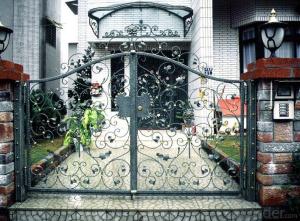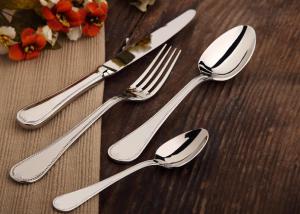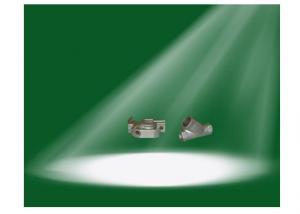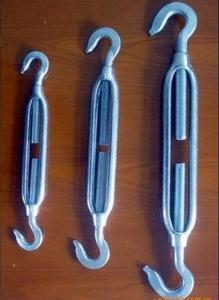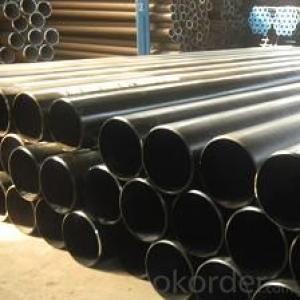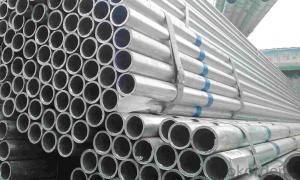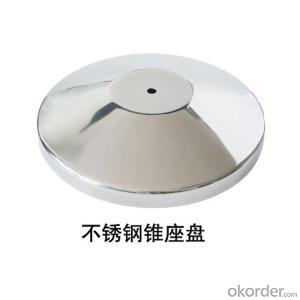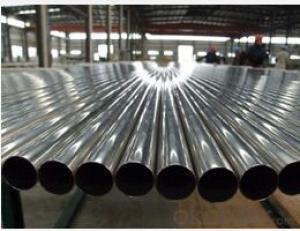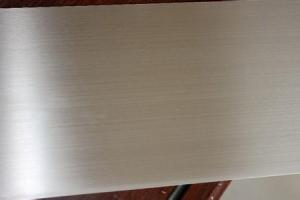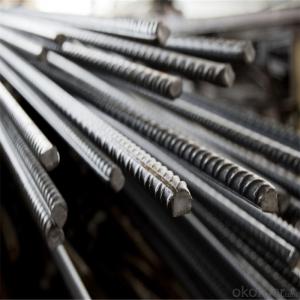Stainless Steel Metals
Stainless Steel Metals Related Searches
Stainless Steel Materials Metal Stainless Steel Metals Stainless Steel Stainless Steel Hardware Stainless Steel Elements Stainless Steel Doors Stainless Steel Stainless Stainless Steel Jewelries Stainless Steel Jewelery Stainless Steel Products Stainless Steel Plates Stainless Steel Material Stainless Steel Jewellery Stainless Steel Apliances Material Stainless Steel Hardened Stainless Steel Stainless Steel Pipes Stainless Steel Jewlery Non Magnetic Stainless Steel Stainless Steel Enclosures Stainless Steel Iron Stainless Steel Wires Materials Stainless Steel Stainless Steel Magnets Surgical Stainless Steel Stainless Steel Tanks Magnetic Stainless Steel Stainless Steel Fabrications Stainless Wheels Stainless Steel AlloysStainless Steel Metals Supplier & Manufacturer from China
Stainless Steel Metals, a group of iron-based alloys, are known for their corrosion resistance, durability, and strength. These alloys contain a minimum of 10.5% chromium, which forms a protective layer to prevent rusting. Stainless Steel Metals are widely used in various industries, including construction, automotive, aerospace, and food processing, due to their ability to withstand harsh environments and maintain their appearance over time. Okorder.com, a leading online platform, serves as a wholesale supplier for Stainless Steel Metals, offering a vast inventory to cater to the diverse needs of clients across different sectors. By providing a comprehensive range of Stainless Steel Metals, Okorder.com ensures that customers have access to high-quality products at competitive prices, making it a reliable choice for businesses looking to source these materials.Hot Products











